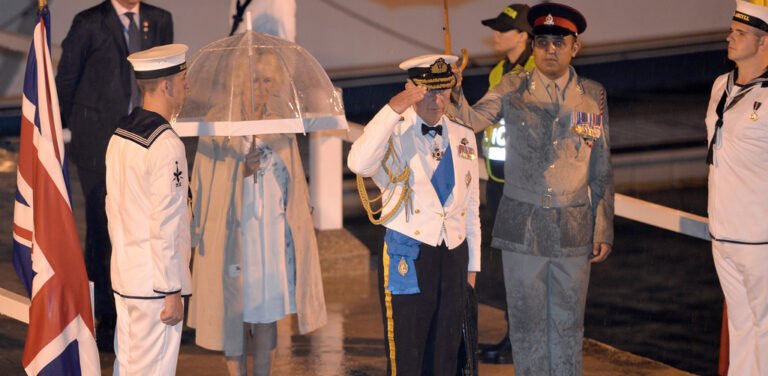Choosing the right type of interpretation for your event is key. Getting it right is what will ensure clear communication so that your meeting, event, visit, or mission achieves its objectives. The right option for you will depend on several factors, including event type (on-site, hybrid, or remote), venue, number of participants, number of languages, budget, and subject matter.
At interpreting, our experienced language strategy consultants are available to explain the details to you and suggest the right fit in each case. That being said, the more informed you are, the better you’ll be able to successfully plan your event’s logistics. Read on to find out the basics about simultaneous, consecutive, and whispered interpretation.
Choosing the right type of interpretation for your event is key. Getting it right is what will ensure clear communication so that your meeting, event, visit, or mission achieves its objectives.
Simultaneous interpretation
How does simultaneous interpretation work?
The interpreter listens to the speech in the source (original) language and simultaneously translates it into the target language—at the same time that the speaker is talking—with a lag of only a few seconds. Participants hear the translation in real time through receiver headsets (for on-site attendees) or by selecting their preferred language channel on the online platform being used (for remote participants). This type of interpretation allows the speaker to present without pauses, saving valuable time and avoiding interruptions.
When is simultaneous the best option?
With professional simultaneous interpretation you get the sense of communicating directly, without intermediaries or interruptions, which is amazing. It helps you optimise your time (real time interpretation means no pauses or repetitions are required for translation), ensure that communication flows without interruptions, simultaneously translate into multiple languages in real time, and minimise the possibility of details being lost in translation.
Simultaneous interpretation is the way to go for conferences, seminars, business meetings, summits, presentations, negotiations, launches, interviews, tours, workshops, and business roundtable meetings, amongst others.
What else should I know?
Simultaneous interpretation requires the use of equipment (onsite) or software (remote), as well as competent and experienced interpreters who are trained in making split-second decisions that weigh the subtleties of expression.
Interpreting requires great effort and concentration. For onsite sessions that last longer than two hours and remote events over an hour long, interpreters must work in teams of two, taking twenty-minute turns on the mic. This international best practice is essential to ensure both a high-quality interpretation and the interpreters’ good health.
See an example of Spanish to English simultaneous interpretation here.
Interested in learning more about what goes on in a simultaneous interpreter’s brain while at work? Watch this fascinating TED talk:
Consecutive interpretation
How does consecutive interpretation work?
The speaker pauses after each sentence or two so that the interpreter can translate what was said into the target language. Please keep in mind that this process doubles the time spent in dialogue or presentations. Speakers must also be sure to pause frequently to allow the interpreter to relay the message in the target language.
When should it be used?
Consecutive interpretation has been largely replaced by simultaneous, but it can still be useful in certain instances, such as accompanying small groups on a field visit, as well as in brief meetings, negotiations, interviews, and press conferences.
What else should I know?
In addition to having appropriate mastery of the languages being used and sufficient interpretation experience, consecutive interpretation requires a specific skill set and training, which involves an excellent memory, note-taking proficiency, and polished social skills.
Click here to see an example of live consecutive interpretation in action during Rory O’Neill’s visit to Bogotá.
Whispered or chuchotage interpretation
What is whispered interpretation?
Also known as chuchotage, whispered interpretation is when the interpreter sits next to the person (or up to three people) who requires interpretation, simultaneously whispering the translation of what is being said into the person’s ear. It is perhaps the least common of the three options.
When is whispered interpretation a good idea?
At meetings or field visits in which only one or two people require translation, chuchotage may be used instead of consecutive interpretation in order to save time.
What else should I know?
The interpreter and listeners will be in close physical proximity to one another, so the interpreter’s physical presentation and social skills, in addition to essential language and interpretation skills, must be impeccable.
Additionally, the conditions—including the interpreter’s position—must allow the interpreter to clearly hear the speaker over the sound of his/her own voice. This also means whispered interpretation is not an option for events that take place in loud or noisy venues.
We hope this crash course has helped you to gain some insight into the different types of interpretation available, their relative pros and cons, and when to choose one over another. Our language strategy consultants are just a call (or email or WhatsApp) away to help answer any questions you might have and apply their invaluable experience to be at your service.
Further information
You can also check out this table comparing the main features of each type of interpretation for further information.






